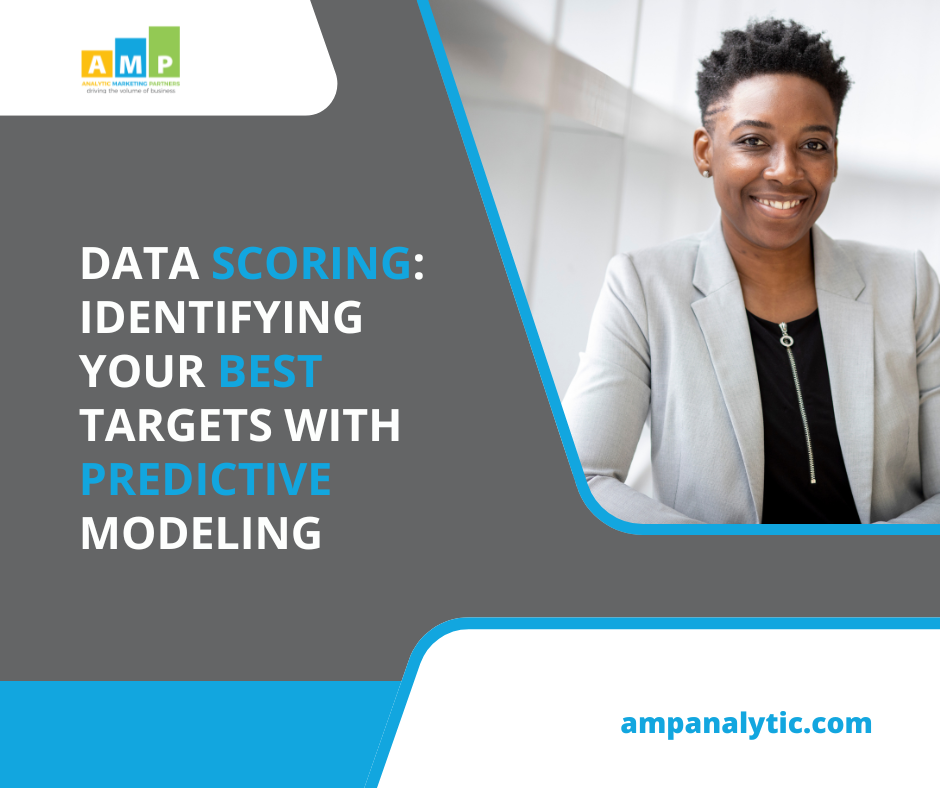
If you’re sending the same message to every customer or prospect in your file, you’re likely wasting budget and missing out on revenue. Data scoring is one of the most efficient ways to sharpen your marketing strategy. It helps you move beyond gut feelings and broad demographics to data-backed decisions. Let’s look at how data scoring works and why it’s a game changer for modern marketers.
What Does It Mean to “Score” a Customer File?
Scoring is the process of running your customer or prospect data through a predictive model to evaluate the likelihood of a desired outcome such as response, conversion, purchase, or retention. Each individual in your file receives a numeric score that reflects how closely they align with the profile of a desired customer. The higher the score, the better the match, and the more confident you can be that a marketing dollar spent on that person is a smart investment.
Our MicroModeling® tool ranks your records into ten deciles, with a score of 1 representing the highest-value profiles and 10 indicating the lowest.
What Kind of Data Goes into the Model?
A data model starts by analyzing your existing customers. Depending on the product or service and how long that sales cycle is, we typically look at transactional data from the past 12-24 months.
Once we have your customer file, we enrich it by appending demographic details (like age, income, homeownership, and net worth) and psychographic insights (such as interests in gardening, boating, or collecting vintage wine). We also layer in geographic factors, including ZIP codes, neighborhood characteristics, natural barriers, and traffic patterns.
By analyzing thousands of data points, we create a comprehensive profile of your customer base and where they come from, giving us the insight needed to find and target more people just like them.
Step-by-Step: Scoring Your File
1. Define the Outcome:
In order to build a model and identify the right targets, you need a clear goal. What are you trying to accomplish? Are you trying to drive in-store visits? Repeat purchases? Subscription sign-ups.
2. Build the Right Model:
Once we know what your goal is, our data team will work with you to build a customer model for your specific business and needs. We can build national models, regional models, or even individual models for each of your locations.
3. Run the File:
After the model is built, we will run your customer file or prospect list through the model, so it can score each record to see how close they are to your customers.
4. Sort the Records:
Every record is sorted into a decile, so you can clearly identify your top-performing groups and who you should target next.
5. Target Smartly:
Focus your budget and messaging on the top tiers of the model. These are going to be the people most likely to respond. The deeper you go into the model, the less likely they are to respond. The goal is to target high scoring records and suppress low scoring records, so you can reduce marketing waste.
Why It Works
Scoring is incredibly insightful and helps you:
- Reduce waste by avoiding low-response audiences
- Increase ROI by focusing on high-likelihood converters
- Prioritize personalization by tailoring offers to your best segments
- Scale smarter by identifying new lookalike prospects
Build a Feedback Loop
After your campaign, feed results (who responded, converted, unsubscribed, etc.) back into your model. This creates a closed-loop system that refines your targeting over time and improves future performance.
Final Thought
Scoring your customer file isn’t just a data exercise. It’s a strategic move that helps marketers stop guessing and start optimizing. Whether you’re trying to improve response rates, reduce acquisition costs, or deepen customer loyalty, a well-scored file gives you the roadmap to success.
Ready to unlock more value from your data? Let’s talk about data scoring.
